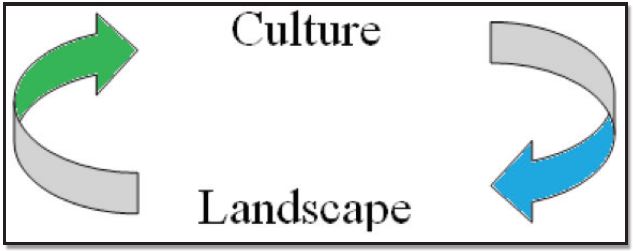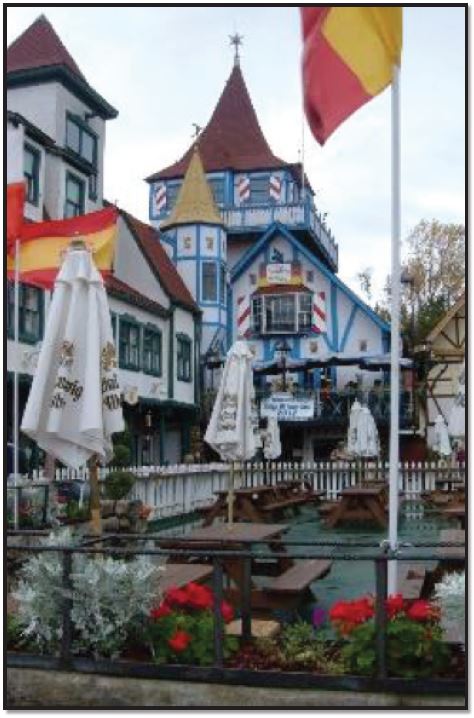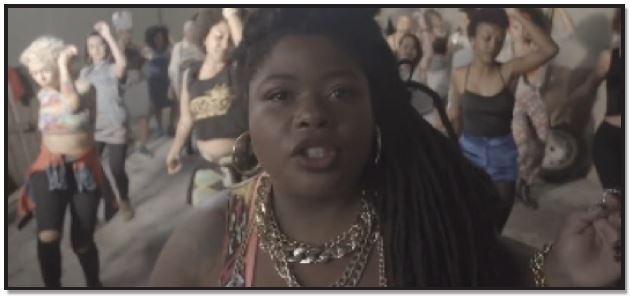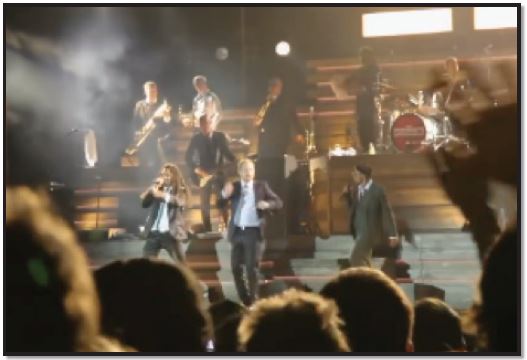34 4.2 THE CULTURAL LANDSCAPE
Cultures’ beings rely on natural resources to survive. In the case of rural cultures, those resources tend to be local. For urban cultures, those resources can either be local, or they can be products brought from great distances. Either way, cultures influence landscapes and in turn landscapes influence cultures.

Figure 4.5 | Culture-Landscape Relationship
Author | David Dorrell
Source | Original Work
License | CC BY SA 4.0
The physical landscape consists of places like the Appalachian Mountains that stretch across a large portion of North America, the Mongolian-Manchurian grasslands, the Amazon river basin, or any other environment. These are landscapes that have been formed over thousands, if not millions of years by forces of nature. In order to live in places a different as these, humans have needed to adapt their lifestyles. The relationship between people, their culture, and the physical landscape is known as human-environment interaction. This relationship is reciprocal; culture adapts to a particular place, and that place is changed by people. Cultural ecology refers to the types of landscapes created by the interaction of people and their physical environment.
Humans have been thinking about the relationship between people and their environments for a considerable amount of recorded history. In the book On Airs, Waters, and Places, the Greek philosopher Hippocrates wrote that different climates produced different kinds of people. He believed that cold places produced emotionally distant people, and hot climates produced lazy, lethargic people. The ideal place (which coincidentally was his own place) was in the middle of the known world and produced the best kind of people. These ideas would now be considered environmentally deterministic. Remember that Environmental determinism is the idea that a particular landscape necessarily produces a certain kind of people. Ideas like this were still fashionable into the twentieth century. The problem with the idea is that it’s simplistic and reductionist. A cold environment doesn’t force people to be aloof. It forces them to invent warmer clothes. Technology is the difference, not behavior. Instead of determinism, the more common term to use is now possibilism. Physical landscapes set limits on a group of people that may or may not require a large adaptation, or a large modification of the environment itself. Humans can now survive in very inhospitable environments, most notably, the International Space Station.
Landscapes are cultural byproducts. The way that we use the local resources generates the visible landscape. Architecture, economic activities, clothing and entertainment are all visible to anyone interested in looking at a place. Because the physical landscape varies across space, and because culture varies across space, then the cultural landscape is variable as well. Different people can have different adaptations to similar places. Conversely, places far from one another may have similar adaptations to climate or other factors.

Figure 4.6 | Helen, Georgia
What is the narrative here? How have people changed/adapted the mountainous landscape of this region of Georgia, USA, to look like a town in mountainous Bavaria, Germany?
Author | Dominica Ramírez
Source | Original Work
License | CC BY SA 4.0
Cultural landscapes can be considered as both history and narrative. Power is written into the landscape. We make statues to commemorate the wealthy and the politically connected in rich places. We place garbage dumps and airports in poor places. Looking at the landscape as a record of history, power, and representation is known as landscape-as-text. The landscape can be read in the same that a book can be read.
The largest differences between landscapes that we see now are the differences between the rural and the industrial and between places that are less integrated with the rest of the world and those that are heavily integrated (globalized). Global places are becoming homogenized.
Cultural Change
A sensible question to ask might be “Where did all the cultures come from?” As people moved into new places, they adapted and changed, and the new places were changed in turn. People change over time as well. Circumstances change in a place. Groups who move into a forest will need a to adapt if they cut down all the trees. Groups that adopt a new crop will see their lives change. Divergence could be as simple as borrowing a word to describe an invention. All cultures change.
Culture Regions
We can sort the world into regions based on cultural characteristics. A region is an area characterized by similarity or a cohesiveness that sets it apart from other regions. Regions are mental constructs, the lines between places are imaginary. When someone talks about the English-speaking world or Latin America, they are referring to culture regions.
4.2.1 Cultural Case Study: The Diffusion of Dancehall
A cultural attribute could diffuse just about anywhere, but that isn’t how diffusion usually works. Some places are interested in the innovation (new thing) and some are not. The following example takes one narrowly defined cultural attribute and traces a path to other places. Dancehall, a form of reggae, developed in Jamaica in the late 1970s and grew over time to prominence on the island. On of Jamaica’s main exports is music and Dancehall became an exported commodity like many other musical forms. In the case of Dancehall, the music is sufficiently defined to allow us to see where it has diffused to. Large markets like North America are visible to us and we see Dancehall in some of the music of Drake or Rihanna, but other places may seem less obvious. In Brazil, artists such as Lai Di Dai has taken the genre and adapted it to local tastes (which may or may not include changing the language of delivery).

Figure 4.7 | Lai Di Dai
from the video for “Chega na Dança”
Author | Lai Di Dai
Source | YouTube
License | Fair Use
In Germany, the band Seeed has found great success with Dancehall. And in Denmark we find artists like Raske Penge.

Figure 4.8 | Seeed
from the live video “Live 2013 (Berlin + Mönchengladbach)”
Author | Seeed
Source | YouTube
License | Fair Use

Figure 4.9 | Raske Penge
from the video “Original Bang Ding”
Author | Raske Penge
Source | YouTube
License | Fair Use
This musical style has moved far beyond its origin. Similar diffusion is found with other musical genres, from the earliest forms of pop music through to the present day.
